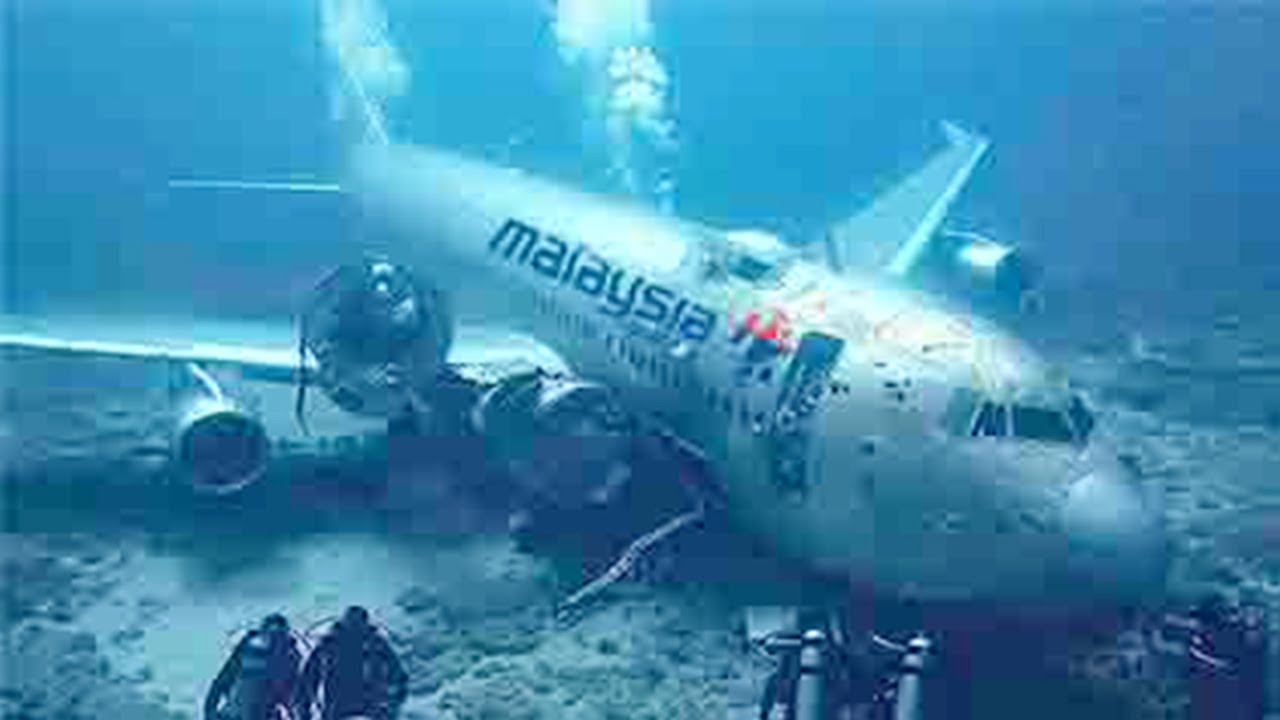For nearly a decade, the disappearance of Malaysia Airlines Flight 370 has remained one of the most baffling aviation mysteries in history. On March 8, 2014, the Boeing 777 vanished from radar during its journey from Kuala Lumpur to Beijing, carrying 239 passengers and crew members. Despite extensive search efforts spanning millions of square miles across the Indian Ocean, the wreckage remained elusive—until now
Recent breakthroughs in deep-sea technology and satellite data analysis have led scientists to what they believe is the final resting place of MH370. This astonishing discovery has reignited global interest in the case, as experts work to unravel the shocking truth hidden beneath the ocean’s depths.

The Breakthrough Discovery
After years of research, an advanced sonar mapping system has identified a debris field deep in the southern Indian Ocean, aligning with previously suspected crash zones. The discovery was made possible through enhanced satellite imaging and cutting-edge underwater drones, which detected unusual formations on the ocean floor—believed to be the wreckage of the missing aircraft.
What makes this finding so remarkable is the level of preservation. Initial reports indicate that large sections of the plane remain relatively intact, suggesting that the aircraft may have hit the water at a lower speed than previously thought. This revelation could rewrite theories about the plane’s final moments and raise new questions about what truly happened in the cockpit before the crash.
Theories and Unanswered Questions
While the discovery is groundbreaking, it does not yet provide all the answers. Many theories have circulated over the years, ranging from mechanical failure and pilot error to more sinister possibilities, including hijacking and deliberate sabotage.
With the newfound evidence, investigators hope to determine:
- The exact cause of the crash – Was it a mechanical malfunction, a loss of control, or something more deliberate?
- The final movements of the aircraft – Could the plane have glided before impact, or did it plummet suddenly?
- What happened to the passengers? – Were there signs of attempts to communicate or regain control?
What Happens Next?
The next phase of the investigation will involve a detailed examination of the wreckage to recover critical black box data, which may finally reveal the flight’s last recorded moments. Oceanographers and aviation experts are working around the clock to retrieve as much information as possible before the remains are further buried by shifting ocean currents.
For the families of those on board, this discovery offers a glimmer of closure, but it also reignites painful questions about why this tragedy occurred and whether it could have been prevented.
A Mystery Finally Solved?
The discovery of MH370’s final location marks a historic breakthrough, but the journey toward the full truth is far from over. With every new piece of evidence, we move closer to understanding what truly happened on that fateful night.
As scientists continue their work, the world watches in anticipation—hoping that the final chapter of this tragedy will soon be written.
Would this be the closure we’ve been waiting for, or will the mystery of Flight MH370 continue to haunt the history of aviation?





